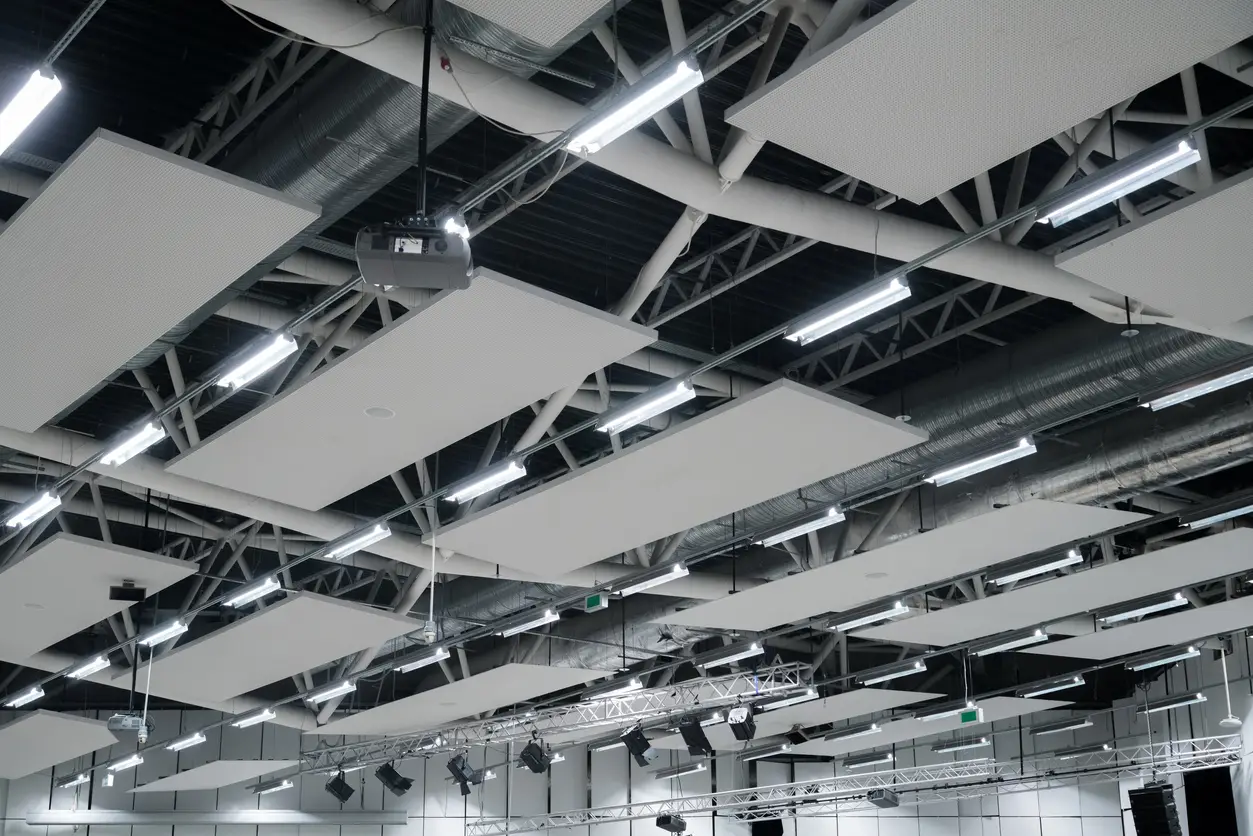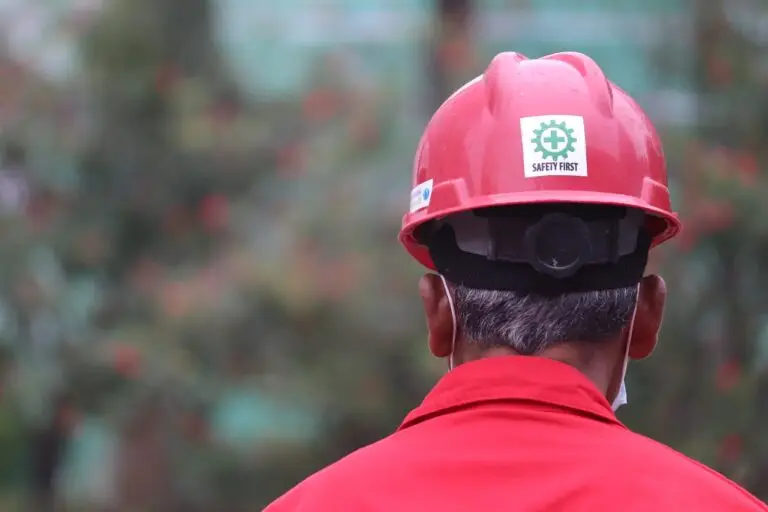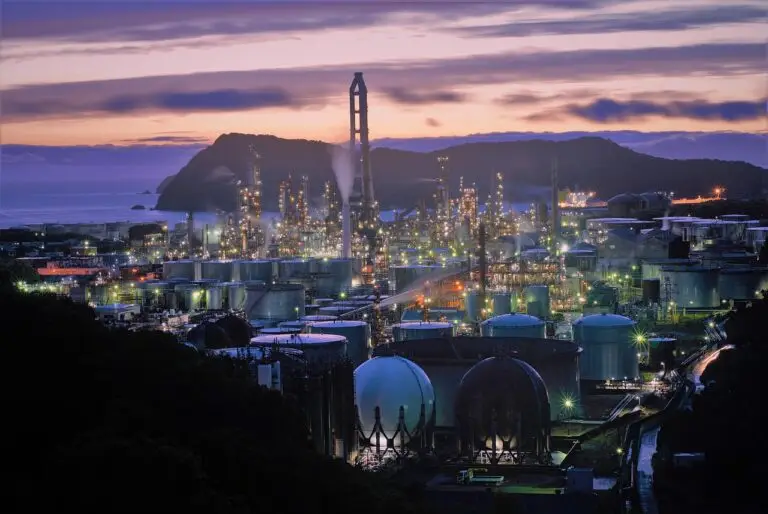
Strategies for Implementing LED Lighting in Large-Scale Commercial Facilities
Large-scale commercial facilities, such as shopping malls, office buildings, and warehouses, present unique challenges when it comes to lighting. These spaces require reliable, energy-efficient lighting solutions that can accommodate their size and complexity. LED lighting has emerged as the ideal choice for these environments, offering both cost savings and superior performance. In this post, we’ll explore effective strategies for implementing LED lighting in large-scale commercial facilities, ensuring that the transition is smooth and beneficial.
Conducting a Comprehensive Lighting Audit: Before embarking on a large-scale LED lighting upgrade, it’s essential to conduct a thorough lighting audit of the facility. This audit should assess the current lighting system, identify areas of inefficiency, and determine the specific lighting needs of different spaces within the facility. For example, a shopping mall may require brighter lighting in high-traffic areas and softer lighting in dining or relaxation zones.
The audit should also consider the facility’s operational hours, energy usage patterns, and any existing lighting controls. By understanding the current lighting situation, facility managers can make informed decisions about the types of LED fixtures, controls, and systems that will best meet their needs.
Choosing the Right LED Fixtures and Controls: Selecting the right LED fixtures is crucial for achieving the desired lighting effects and energy savings. For large-scale commercial facilities, it’s important to choose fixtures that provide adequate illumination while minimizing energy consumption. High-bay LED lights, for example, are ideal for spaces with high ceilings, such as warehouses or atriums, while recessed LED lights are suitable for office areas and hallways.
In addition to fixtures, integrating smart lighting controls can further enhance efficiency. These controls include occupancy sensors, daylight harvesting systems, and automated dimming features that adjust lighting based on real-time conditions. Smart controls not only reduce energy waste but also create a more comfortable and adaptive environment for occupants.
Managing the Installation Process: The installation of LED lighting in a large-scale facility requires careful planning and coordination. It’s important to minimize disruptions to daily operations, particularly in spaces that are in constant use, such as retail areas or office buildings. Working with experienced contractors who understand the complexities of large-scale installations can help ensure that the process is smooth and efficient.
Consider implementing the LED upgrade in phases, starting with high-priority areas or sections of the facility that are less frequently used. This phased approach allows for adjustments to be made based on initial results and provides an opportunity to train maintenance staff on the new lighting systems.
Maximizing ROI with Incentives and Rebates: Many regions offer incentives, rebates, and tax credits for businesses that invest in energy-efficient lighting solutions like LEDs. Large-scale commercial facilities can take advantage of these programs to offset the initial cost of the upgrade and improve the return on investment (ROI). It’s important to research available incentives in your area and work with utility companies or energy service providers to secure the maximum benefits.
Additionally, the energy savings achieved through LED lighting can significantly reduce operational costs, leading to a quick payback period. Facility managers should calculate the expected energy savings and maintenance reductions to present a clear case for the financial benefits of the LED upgrade.
Implementing LED lighting in large-scale commercial facilities is a strategic investment that offers long-term benefits in terms of energy efficiency, cost savings, and enhanced lighting quality. By conducting a comprehensive audit, selecting the right fixtures and controls, and carefully managing the installation process, facility managers can ensure a successful transition to LED lighting. As the commercial sector continues to prioritize sustainability and efficiency, LED lighting will remain a key component of modern facility management.


